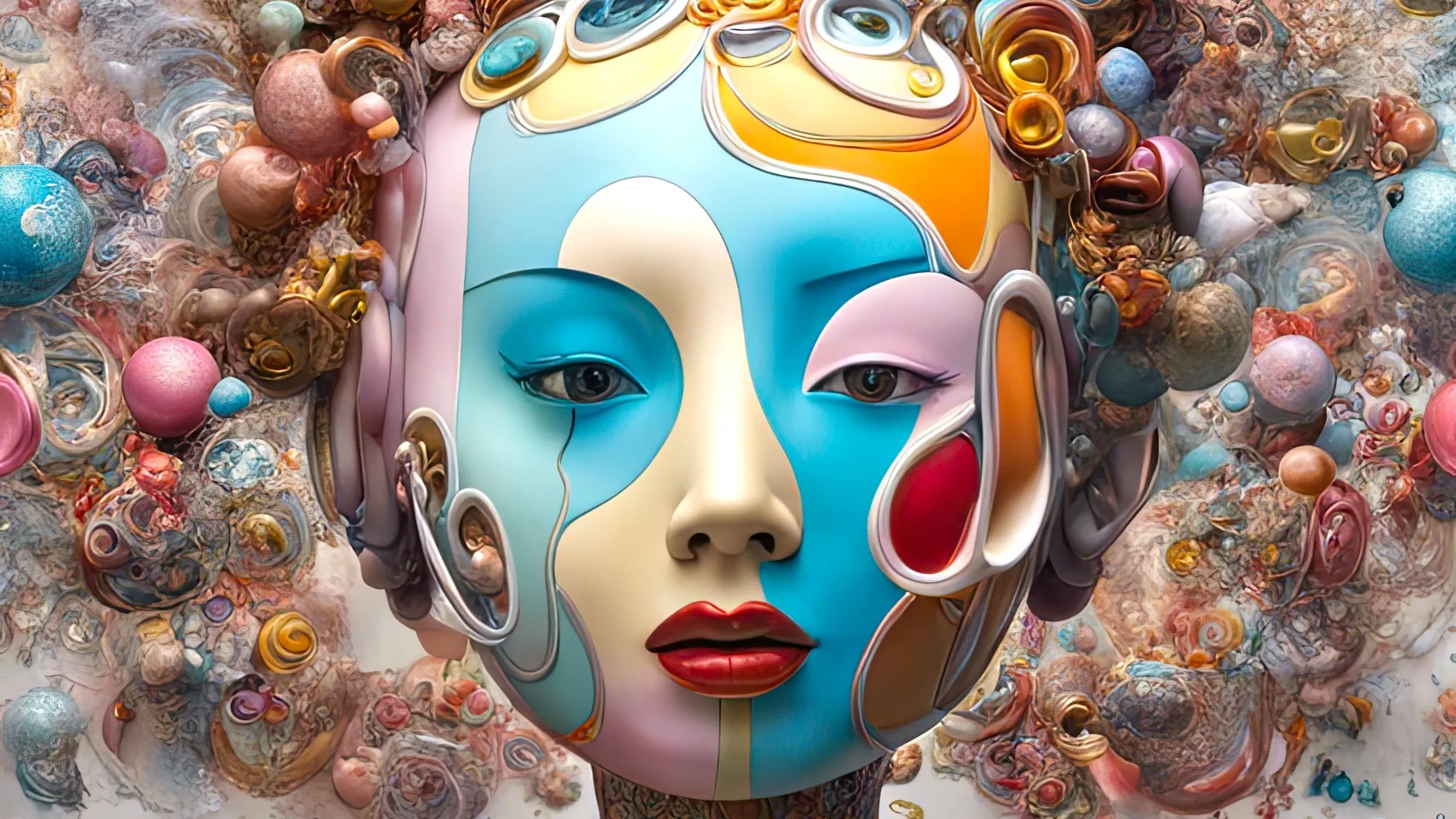Introduction
In a world where artificial intelligence increasingly shapes our reality, AI-created portraits without any emotion offer an intriguing lens through which we can see ourselves in a mirror, so to speak.
These (below) emotionless images, created by algorithms, raise questions about the core of our humanity.
Our observations
First, these portraits reflect our own perceptions of emotion and expression. They challenge us to think about what emotion actually means in an age when machines can mimic aspects of being human.
Is emotion just a series of recognizable facial features, or is it something deeper, something so human that it cannot be copied?
Authenticity in the digital age
Second, the lack of emotion in these AI artworks raises questions about authenticity and imitation. In a world where AI is capable of creating nearly lifelike images, what does it mean to be real?
These emotionless portraits can be seen as a symbolic representation of our concerns about authenticity in the digital age.
The role of the artist
Finally, these emotionless AI portraits invite us to think about the role of the artist. In a traditional portrait, the emotion is a reflection of both the subject and the painter’s artistic intent.
But in the case of AI art, who is the “artist”? And what does the lack of emotion say about the intention behind the artwork?
In short, AI portraits without emotions open a window into a world where the boundaries between humans and machines are blurring. They challenge us to think about what it means to be human in an age of technological marvels.
Full-screen slideshow? Click on an image!

